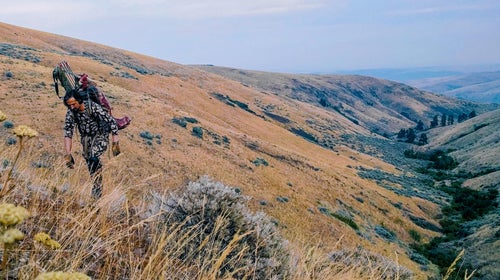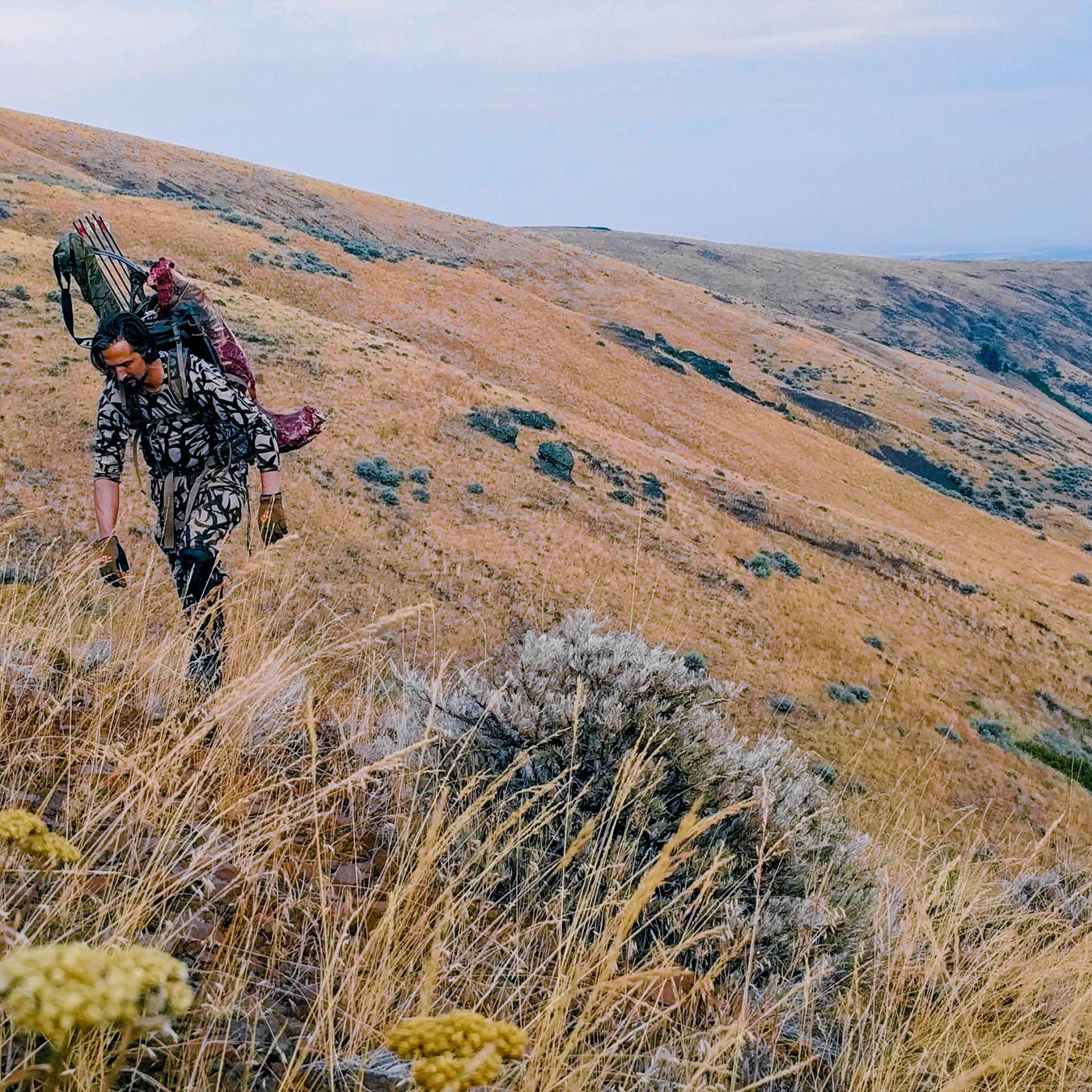Pictured right here is someone working really, really hard to save the elk species. That may not be immediately obvious, as he’s packing an elk torso out of a valley after putting an arrow through it. But hunting is one of those things where the general public perception—that is, the activity is bad for wildlife—is totally wrong.
Let me explain.
How Hunters Save Elk
Before European settlement, about 10 million elk roamed across most of the continental United States, but agriculture, unregulated hunting, habitat loss, and other human-caused factors drastically reduced their population. In 1914, there were only 41,000 elk left, clustered in tiny pockets out West. The general disappearance of large wildlife was so bad that the New York Zoological Society created the Hall of Heads and Horns—a room full of taxidermied animals intended to show future generations what had been lost.
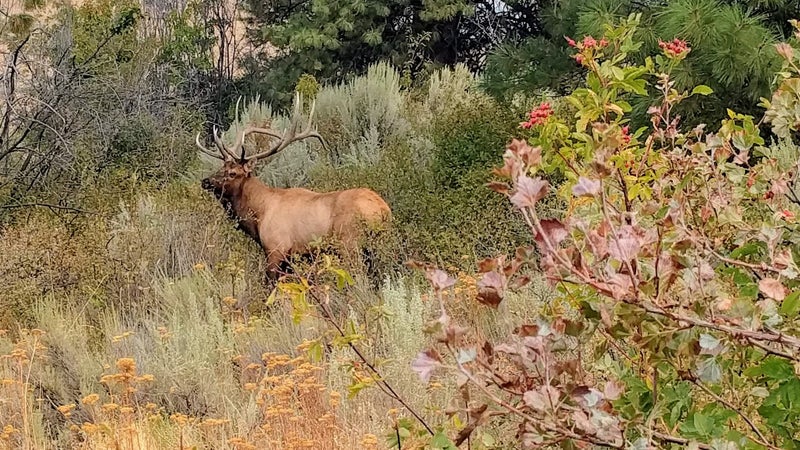
The man who created that trophy collection was William Temple Hornaday, a prominent zoologist, conservationist, taxidermist, and prolific author. A hunter, Hornaday had watched the decline of of our country’s animals with dread and began a public crusade for their protection. “The wild things of this earth are not ours to do with as we please. They have been given to us in trust, and we must account for them to the generation which will come after us, and audit our accounts,” he wrote.
This is the incredible property we hunted on. It’s being sold, but the sad thing is the development that leads to it may harm the elk population.
To condense a very long story, Hornaday found a sympathetic ear with other influential big thinkers, like Teddy Roosevelt, and they set out to save our animals by creating what’s become known as the North American Wildlife Conservation Model. That system directs funds collected from hunters to habitat preservation, scientific study, and wildlife management. Whenever a hunter purchases a box of bullets, a new bow, or similar equipment, an additional 11 percent tax is levied on them, which is dispersed to state fish and wildlife departments, which in turn use it to fund their conservation efforts. Thanks to those policies, the amount of money raised by hunters each year in the United States currently stands at more than $3 billion—eclipsing the sum of nonhunting conservation efforts by at least a comma.
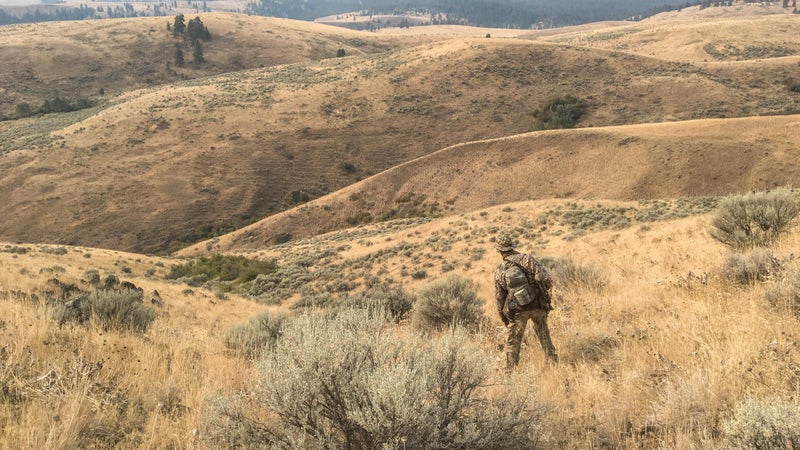
Hunters then go out and perform the hard work of population management—for free. You see, prey animals like elk or deer are programmed through evolution to reproduce in numbers that would be unsustainable in their environment if all the babies grew to adulthood. Since we’ve also virtually eliminated predators from our wild places, prey numbers can get out of hand—and there’s less land to support them. Hunting is our most effective tool for reducing local population surpluses. Land managers carefully determine the number of animals hunters can kill every year by studying population numbers in specific areas. The goal of this is population management, not species destruction.
It works. Since this conservation model was put in place, animal populations across the nation have rebounded. Elk, one of the pioneer animals of the movement, now number more than 1 million nationwide, even if they still live across a small slice of their former habitat.
The North American Wildlife Conservation Model has proved similarly successful for other species. Wild turkeys fell from a precolonization high of around 10 million birds to just 200,000 in 1940. To put that number in perspective, it’s less than half the number of wild elephants alive today. Today, the nationwide turkey population numbers about 6 million. Only half a million deer remained in the United States in the early 1900s, but today there are 25 million to 30 million. In the early 1900s, the black bear went virtually extinct east of the Mississippi River, but today there are 300,000 in the United States, covering much of their historic range. In 1950, there were only 12,000 pronghorn antelope in the wild. Today? More than 1 million.
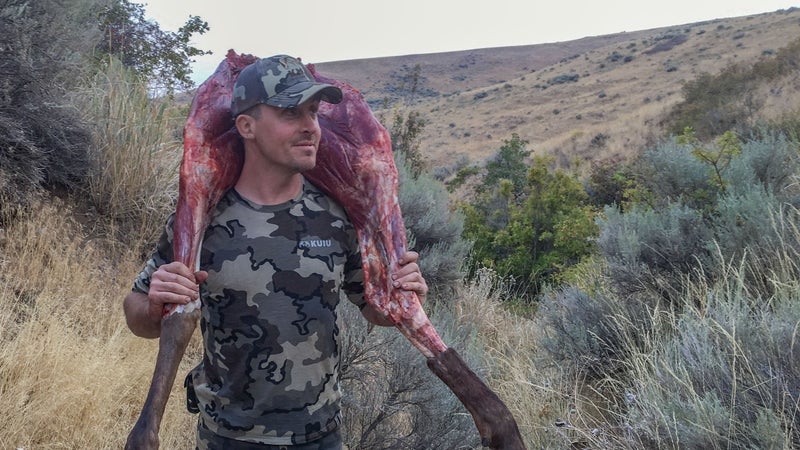
How We Can Fix This
If you’re specifically interested in helping grow the populations of animals like elk, then you need to look at habitat protection and restoration.
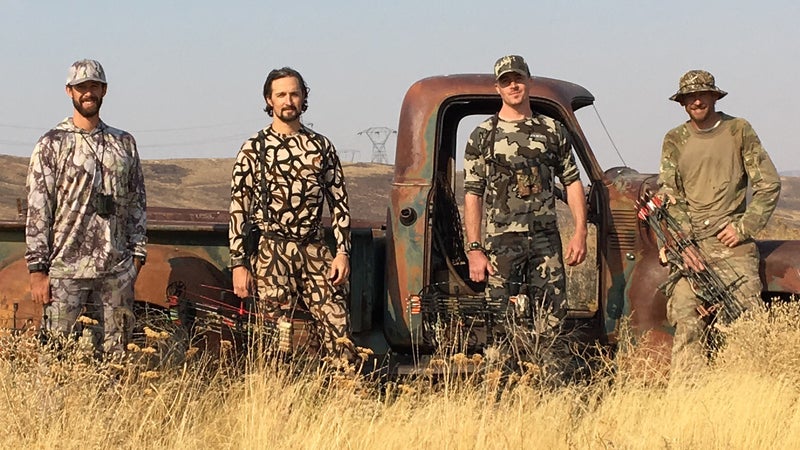
Several organizations specialize in protecting land for specific species. Ducks Unlimited is a group of waterfowl hunters who have conserved more than 13.8 million acres of wetlands in this country to date and are currently raising an additional $2 billion for more. If you care about elk, then you’ve got the Rocky Mountain Elk Foundation, an organization of elk hunters who, since 1984, have protected and enhanced 7.1 million acres of elk habitat. Currently, they’re working to bring elk back to Missouri, a state that hasn’t been home to the animals since 1865. By protecting and managing habitat for game animals, these organizations are also protecting these environments as a whole, returning them to health from top to bottom.
You can donate money to wildlife conservation organizations like this, but what they’d really like is for you to be a member. And that means taking up hunting. Nothing adds to conservation as much as adding another hunter, but the number of hunters is declining. The number of hunters in the United States has fallen 16 percent since 2011, while the amount of money they’ve spent decreased 29 percent in the same time period. With wildlife conservation so dependent on our financial contribution, that’s not a sustainable trend.
At the very least, you can help America’s wildlife by developing a positive opinion of hunters. The sport is too often perceived in a negative light and suffers an incredibly unflattering portrayal in the media. The next time you see a hunter, don’t see a bloodthirsty redneck. See a person who’s passionate enough about animal conservation that they’re dedicating tons of time and money to it. The next time you see a hunter, see someone who’s dedicated to saving our wildlife.
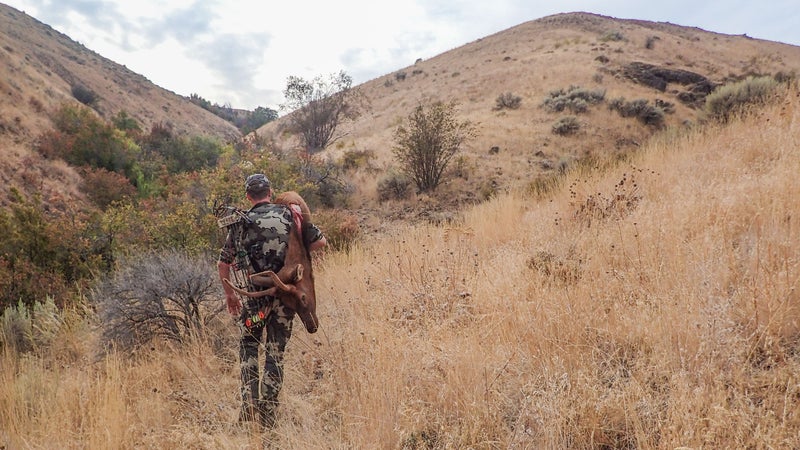
You can hear more about the hunt itself on both the Combat Flip Flops and Soflete podcasts.
